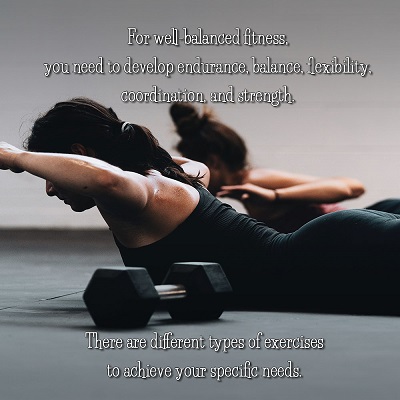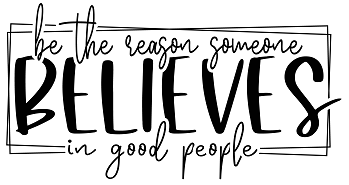 Physical activities and exercises are beneficial to your health and longevity. However, did you know that there are different types of physical activities? We’re not just talking about the differences between walking and swimming.
Physical activities and exercises are beneficial to your health and longevity. However, did you know that there are different types of physical activities? We’re not just talking about the differences between walking and swimming.
Many people limit their exercises or activities to one or two types of physical activity. Perhaps because they only want to do the ones that they enjoy doing or not too complicated for them. However, it’s important to engage in a variety of physical activities so that you can benefit in many ways physically, mentally, and emotionally.
Each type has a focused aspect on your health, so it helps to understand how they work to appreciate the benefits of each. You can discover a combination of physical activities that suits your needs and fitness levels no matter your age.
Aerobic Activities
Aerobic activities are also called endurance activities or cardiovascular exercises. They are focused on your heart, lungs, and circulatory system. When you hear about aerobics, cardio, or endurance, think of your breathing and heart rate.
Aerobic activities increase your breathing and heart rates so you can sustain doing your activities for an extended period without tiring easily. That’s why endurance is also called your ‘staying power.’
Some examples of aerobic activities are:
- brisk walking
- running
- dancing
- swimming
- playing basketball
- jumping rope
- doing housework or yard work
Developing your endurance can help you prevent an array of diseases, including cardiovascular problems, diabetes, and cancer.
Strength Training Activities
Strength activities are focused on building and strengthening your muscles. When you have strong muscles, it’s easier to do your daily activities. Strength activities can also improve your bone mass.
Strength training helps you stay in shape and improve your balance. This minimizes your risks of falling or injuring yourself. You can strengthen your body in various ways. Here are a few activities.
- lifting weights or bodyweight exercises
- digging in the yard or any type of lifting
- carrying weights while walking, even your shopping bags
- balance activities
Balance activities are important for everyday tasks so you can move around without falling or injuring yourself. Improving your balance is particularly crucial as you grow older. Aging naturally causes the deterioration of the body, but physical activities can slow it down and keep you physically healthy. Some activities and exercises you can do to improve your balance are:
- standing on one foot for as long as you can
- stand and then raise your knee as high as you can for as long as you can
- practice yoga or tai chi
- stand from a seated position without holding anything.
Flexibility Activities
Flexibility exercises help improve your range of motion, reduce body aches and pain, and prevent injury. Flexibility means that you can move more freely and bend more easily, even in difficult positions. You can improve your flexibility by doing the following activities.
- stretching
- yoga
- tai chi
- pilates
Coordination Activities
Coordination activities can help improve your ability to use different parts of your body efficiently and control your body movements better. Coordination has different factors – appropriate speed, timing, distance, direction, and muscular tension.
When your movement is coordinated, it means that you can adjust and control your body and choose the right muscles and degree of effort depending on the situation.
Many of your daily activities require coordination, so coordination is essential when doing your daily activities. It’s not limited to sports alone. Some exercises that can improve your coordination are:
- activities that require eye and hand coordination
- jumping rope – you are using your eyes and legs at the same time.
- pilates, tai chi, or yoga.
Physical activities are key to keeping yourself healthy, not only physically but also mentally. There are different types of physical activities you can do, from walking around the block to doing house chores or sports.
For well-balanced fitness you need to develop endurance, balance, flexibility, coordination, and strength. Don’t get intimidated, though! While there are several activities to choose from, you can still find one for each type that you will enjoy and can improve your health significantly.
Start small, and don’t force your body. Learn the difference between discomfort, and pain from an effort that could be causing you some temporary damage. You can begin at low intensity and frequency, then increase as your body adjusts and becomes accustomed to the movements.





